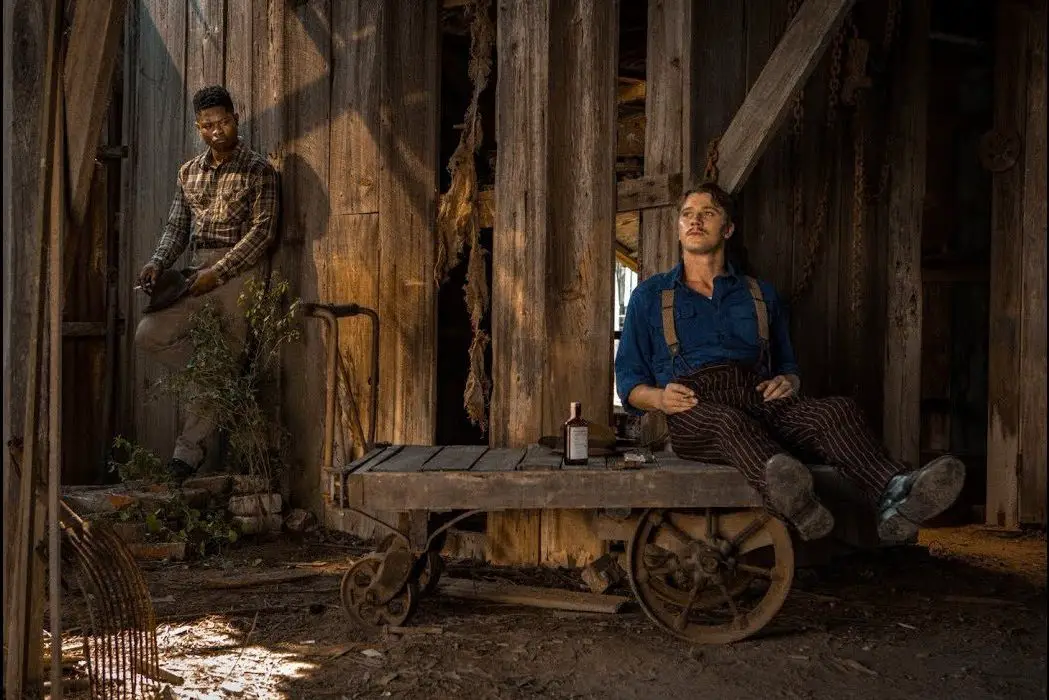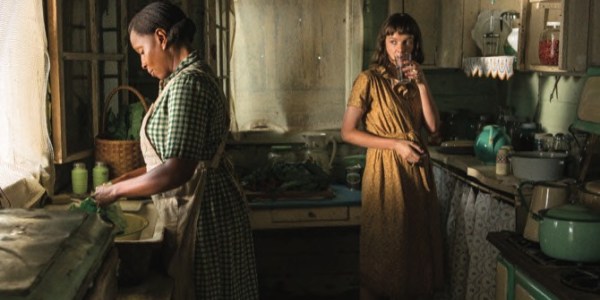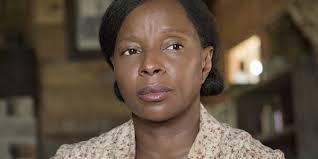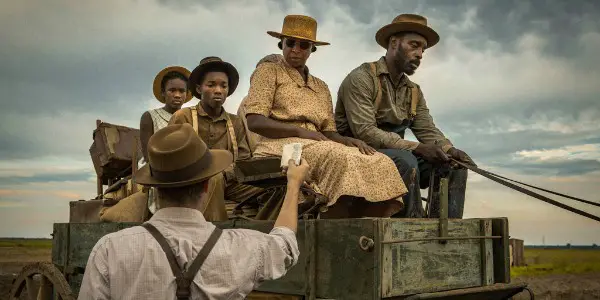Faulknerian Elements In MUDBOUND

Zac Hestand earned a BA in Film from the University…
Every month it seems Netflix is increasing its original programming, and with the ever expanding content, it is a mixed bag. While it is a shame that the service reduced the amount of older programs, it is nice to have the opportunity to watch movies and TV shows that might have never had a chance to thrive elsewhere. There are those that thrive, and those that are dumpster fires.
Some titles have the destiny to be this current generation’s “straight-to-video” or “made for Syfy channel” movies, where the bar is set too low for cinema distribution. The Cloverfield Paradox looks too cheap and lacks the tension of the other Cloverfield titles, while Ravenous lacked action and had story points that made no sense (how did the zombies stack those chairs? Is that bald soldier really that stupid?). These two titles would fail at the box office, but exist on VHS in the Wal-Mart bargain bin back in the day. Above the rubbish heap, the streaming service does offer award-caliber movies.
Beasts of No Nation, for example, has an air of Oscar pedigree with its wonderful performances and exotic locales. A film like this may have had bad luck in finding a distributor, but it thrived online. The same could be said for Mudbound, a Netflix original with narrative roots that can be unearthed from the works of William Faulkner.
A Bit About Faulkner
Faulkner’s literary output ranged over fifty years, and he wrote not only novels, but also short stories, poetry and essays. In 1949, he received the Nobel Prize in Literature ( one of the few Americans and only Mississippi-born writer to do so) and his 1962 novel, The Reivers, won the Pulitzer. Faulkner’s use of shifting narratives, colorful characters and Mississippi is found in Mudbound.
Faulkner set his stories in the fictional Yoknapatawpha County, based on his home in Lafayette County. The characters he crafted spoke in a regional dialect and were typically working-class whites or the African-American descendants of slaves. Faulkner gave a voice to those who did not have a voice, and weaves a wonderful tapestry of distinct characters and location.

When you read Faulkner, especially the novels, each chapter features a change in narration. In the world of Yoknapatawpha, each character has the opportunity to show the reader the world through their eyes. In a novel like As I Lay Dying, fifteen characters narrate the story. The iconic The Sound and the Fury is split in four sections, narrated by three family members and the fourth by their black servant. Shifting narratives, distinctly Southern characters and a well-defined world established by Faulkner finds its way into this Netflix original film.
Shifting Narratives
Novels, as we know, typically are presented through the point of view of a single character. Especially in the case of the first person narrative. The singular character conveys to the reader their inner thoughts, and film does this through the use of the voice-over.
Voice-overs in film are done by the protagonist to show the audience their private thoughts. Mudbound utilizes multiple voice-overs, showing the many points-of-view of two families, the McAllans and the Jacksons. How each family overcomes the same obstacle, but with differing results based on race.
As with Faulkner’s work, we’re not focused on one character, but several. Each character brings their own unique trait to the story, from the white son with PTSD to the black son who felt welcomed by the white Europeans during WWII. Their experiences differ, but the world they inhabit ties them together.
An Established World
Mark Twain is known for his use of local color in his fiction. Local color is when stories use regional dialects and locations to give a sense of authenticity to the story. Faulkner continued in that tradition with the developed world of his fictionalized hometown. He built his own universe detached from the rest of the world.

The Mississippi Delta town, like Faulkner’s town, is its own established world. The McAllans’ were a former middle-class family pulled out of the comfort of suburban life, and suddenly dropped in the mud. The Jacksons’ are the descendants of slaves who worked the area’s soil, but hope for the chance to own the land. The patriarch of the family is met by racial hurdles of the period and region that prevents his family from doing so.
As viewers, we’re transported to another time and place while watching this movie. When the characters leave the Delta, the outside world appears to be a more pleasing place, but characters within this detached world punish them for daring to be different.
Distinctly Southern Characters
Surrounding the mud, heavy rain and the heat, the movie is populated by a multitude of Southern characters. Distinct not only in accent, but traditions. Their religion, racial views and family bonds bring both Southern charm and prejudices.
This backwoods hamlet is filled with illiterate farmhands, an active KKK and citizens deep in the traditions of their ancestors. When Ronsel, the young African-American son, attempts to exit the front door of a local shop (in the Jim Crow-era south, African-Americans had to exit from the back of the shop), it causes alarm among the elderly Caucasians of the town. He broke a rule in this established world of Mississippians, and unfortunately for him, will face consequences.

Both of these Southern families are bound by tradition, and each family hopes to achieve more than the previous generation. The McAllan clan wants to use their land to become well-off again, and the Jackson family want to go from laborers to landowners. With all things that require change, unfortunate sacrifices are made.
Mudbound & Faulkner: Final Thoughts
Mudbound excels as a contemporary successor to the classic work of Faulkner. The McAllan family is like the Compson family in The Sound and the Fury, formally middle-class people trapped in the sticks. Through hard work they hope to get out of this world, and back to the middle-class one.
The film effectively uses the Faulkerian elements of shifting narratives, Southern characters and a well-defined world to create a well-acted, emotionally honest story of ordinary people thrown in difficult circumstances. Through the multiple voice-overs, viewers have the opportunity to understand the motivations of several characters in this ensemble piece. With the acclaim this film met, let’s hope Netflix focuses more on these kind of stories, and avoids straight-to-video purgatory.
Is the film influenced by Faulkner? Are there other elements present? Please comment below.
Does content like this matter to you?
Become a Member and support film journalism. Unlock access to all of Film Inquiry`s great articles. Join a community of like-minded readers who are passionate about cinema - get access to our private members Network, give back to independent filmmakers, and more.
Zac Hestand earned a BA in Film from the University of Nevada Las Vegas, and MA in English from the University of Sheffield. He is currently at work on his first book.













